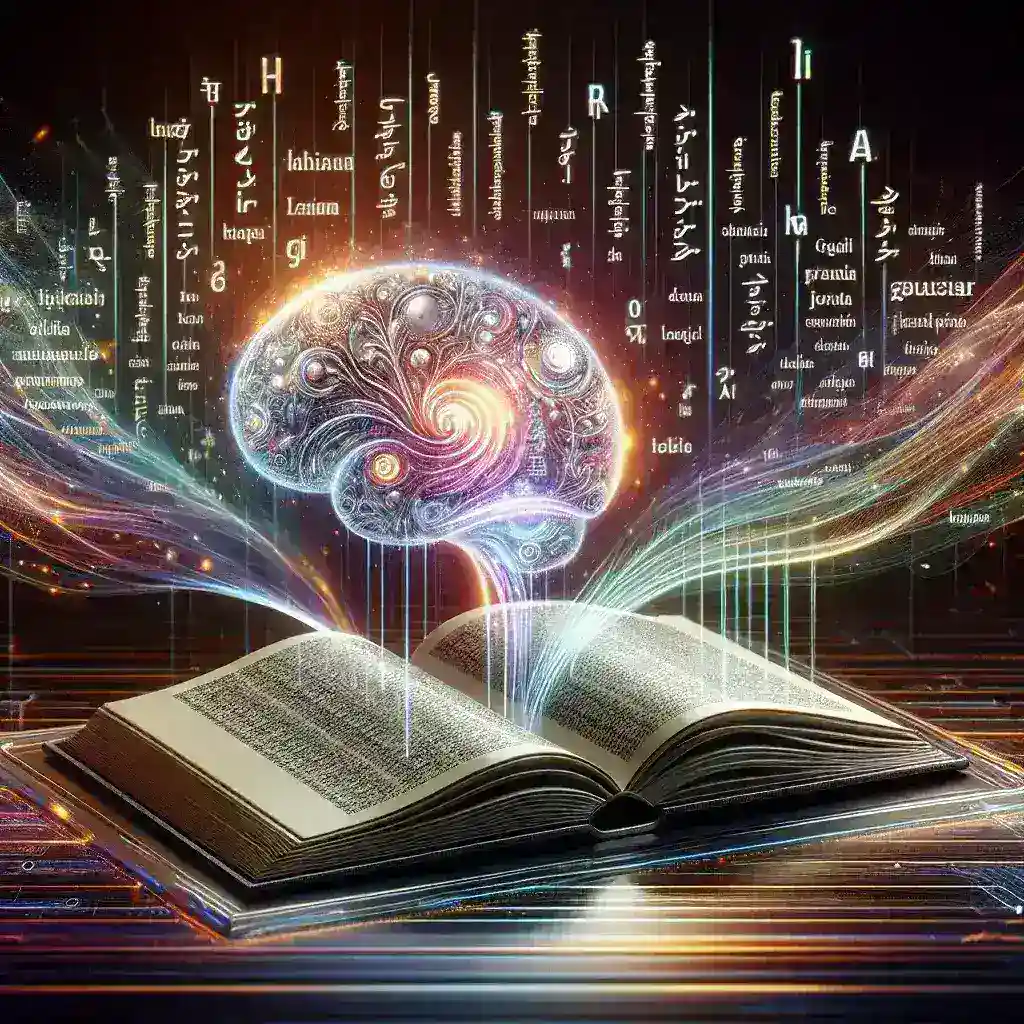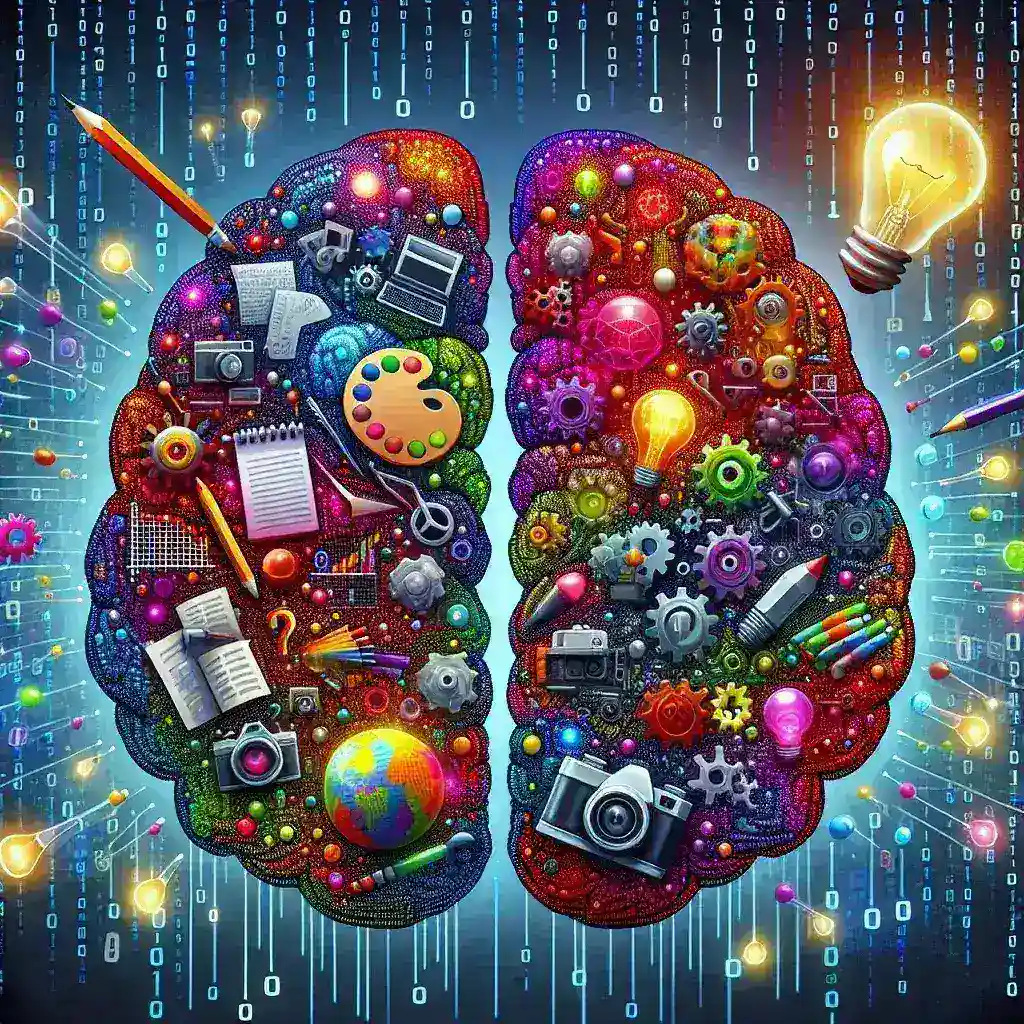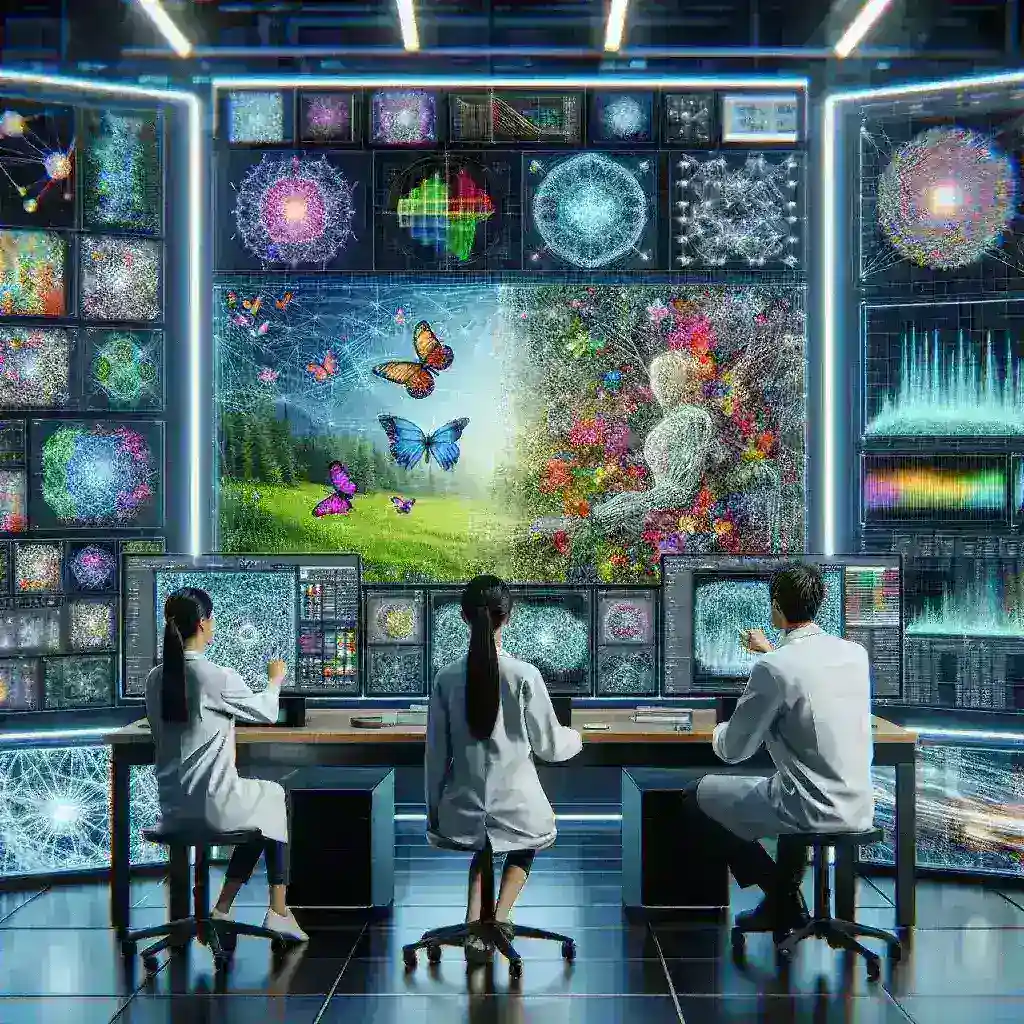Understanding the Revolution of AI-Powered Translation Technology
The landscape of language translation has undergone a dramatic transformation in recent years, thanks to the remarkable advances in artificial intelligence. What once required extensive human expertise and considerable time investment can now be accomplished in seconds with sophisticated AI translation systems. This technological revolution has democratized access to multilingual communication, enabling businesses, students, and individuals to break down language barriers with unprecedented ease and accuracy.
Artificial intelligence has fundamentally changed how we approach translation tasks, moving beyond simple word-for-word substitutions to understanding context, cultural nuances, and linguistic subtleties. Modern AI translation tools leverage neural networks and machine learning algorithms to deliver translations that closely mirror human-level understanding, making them invaluable assets in our increasingly connected global society.
The Science Behind AI Translation Systems
To effectively utilize AI for translations, it’s essential to understand the underlying technology that powers these remarkable tools. Neural Machine Translation (NMT) represents the current gold standard in AI translation technology. Unlike traditional statistical methods, NMT systems process entire sentences as complete units, considering context and relationships between words to produce more natural and accurate translations.
These sophisticated systems are trained on vast datasets containing millions of parallel texts in multiple languages. Through deep learning processes, AI models learn to identify patterns, grammatical structures, and semantic relationships across different languages. The result is a translation system capable of handling complex linguistic challenges, including idiomatic expressions, technical terminology, and culturally specific references.
Key Components of Modern AI Translation
- Encoder-Decoder Architecture: Processes input text and generates corresponding output in the target language
- Attention Mechanisms: Focus on relevant parts of the source text during translation
- Transformer Models: Enable parallel processing and improved handling of long-range dependencies
- Contextual Understanding: Considers surrounding text to determine appropriate translations
Choosing the Right AI Translation Tool for Your Needs
The market offers numerous AI translation platforms, each with distinct strengths and specialized applications. Selecting the appropriate tool depends on your specific requirements, including the languages you work with, the type of content you translate, and your quality expectations.
Google Translate remains one of the most widely accessible options, supporting over 100 languages and offering real-time translation capabilities. Its integration with various Google services makes it particularly convenient for casual users and basic translation needs. However, for professional applications requiring higher accuracy, specialized platforms may be more suitable.
DeepL has gained recognition for producing exceptionally natural-sounding translations, particularly for European languages. Its neural network architecture excels at capturing nuanced meanings and maintaining the original text’s tone and style. Many professional translators use DeepL as a starting point for their work, refining the AI-generated output to meet specific requirements.
Enterprise-Level AI Translation Solutions
For businesses handling large volumes of multilingual content, enterprise-grade AI translation platforms offer advanced features including:
- Custom terminology management and glossaries
- Industry-specific translation models
- Integration with content management systems
- Quality assurance and post-editing workflows
- Security and confidentiality protections
Best Practices for Implementing AI Translation
Maximizing the effectiveness of AI translation requires strategic implementation and understanding of the technology’s capabilities and limitations. Successful users approach AI translation as a powerful tool that enhances rather than replaces human expertise, particularly in professional contexts.
Pre-Translation Preparation
Before submitting content to AI translation systems, proper preparation significantly improves output quality. Clear, well-structured source text produces better translations. Avoid complex sentence structures, ambiguous references, and culture-specific idioms when possible. Creating a glossary of key terms and maintaining consistent terminology across your content helps AI systems deliver more accurate and coherent translations.
Quality Assurance and Post-Editing
While AI translation technology has achieved impressive accuracy levels, human oversight remains crucial for professional applications. Implementing a systematic review process ensures translations meet quality standards and accurately convey intended meanings. Professional post-editors can refine AI-generated translations, addressing nuances that automated systems might miss.
Industry-Specific Applications of AI Translation
Different industries have unique translation requirements, and AI technology has evolved to address these specialized needs effectively. Understanding how AI translation applies to various sectors helps users leverage the technology more strategically.
E-commerce and Digital Marketing
Online retailers use AI translation to rapidly localize product descriptions, customer reviews, and marketing materials for international markets. The speed and cost-effectiveness of AI translation enable businesses to expand globally without the traditional barriers associated with multilingual content creation. However, maintaining brand voice and cultural sensitivity requires careful oversight and refinement of AI-generated translations.
Healthcare and Medical Translation
Medical translation demands exceptional accuracy, as errors can have serious consequences. Specialized AI translation systems trained on medical terminology and documentation provide valuable support for healthcare providers serving diverse patient populations. These systems excel at translating routine medical forms, patient instructions, and basic medical information while requiring human verification for critical communications.
Legal and Technical Documentation
Legal and technical translations require precision and consistency in terminology. AI systems trained on specialized corpora can handle routine legal documents and technical manuals effectively. However, complex legal concepts and highly technical specifications often require human expertise to ensure accuracy and compliance with industry standards.
Overcoming Common Challenges in AI Translation
Despite remarkable advances, AI translation systems face ongoing challenges that users must understand and address. Recognizing these limitations helps set appropriate expectations and develop strategies for optimal results.
Cultural Context and Localization
AI systems sometimes struggle with cultural references, humor, and context-dependent meanings. Effective use of AI translation involves understanding when human intervention is necessary to adapt content for specific cultural contexts. This is particularly important for marketing materials, creative content, and communications requiring cultural sensitivity.
Handling Specialized Terminology
Technical fields often use specialized vocabulary that may not be well-represented in general training data. Creating custom glossaries and training AI systems on domain-specific content improves translation accuracy for specialized applications. Many enterprise AI translation platforms offer customization features that allow organizations to fine-tune systems for their specific needs.
Future Developments in AI Translation Technology
The field of AI translation continues evolving rapidly, with emerging technologies promising even greater capabilities and applications. Multimodal translation systems that combine text, speech, and visual information are becoming more sophisticated, enabling real-time translation of spoken conversations and visual content.
Advances in few-shot learning and transfer learning are making it possible to develop high-quality translation systems for languages with limited training data. This democratization of translation technology has profound implications for preserving and promoting linguistic diversity in our digital age.
Measuring Success and ROI in AI Translation Implementation
Organizations implementing AI translation should establish clear metrics for evaluating success and return on investment. Key performance indicators might include translation speed, cost per word, accuracy rates, and customer satisfaction scores for multilingual content.
Regular assessment of translation quality through human evaluation and automated metrics helps organizations optimize their AI translation workflows and identify areas for improvement. Tracking these metrics over time provides insights into the technology’s impact on business operations and customer engagement.
Conclusion: Embracing the Future of Multilingual Communication
AI translation technology represents a transformative force in global communication, offering unprecedented opportunities for businesses and individuals to connect across language barriers. By understanding the capabilities and limitations of these systems, implementing best practices, and maintaining appropriate human oversight, users can harness the power of AI to achieve efficient, accurate, and cost-effective translation solutions.
As the technology continues advancing, those who master the effective use of AI translation tools will be well-positioned to thrive in our increasingly interconnected world. The key lies not in viewing AI as a replacement for human expertise, but as a powerful augmentation that enhances our ability to communicate across cultures and languages with greater speed, accuracy, and reach than ever before possible.



